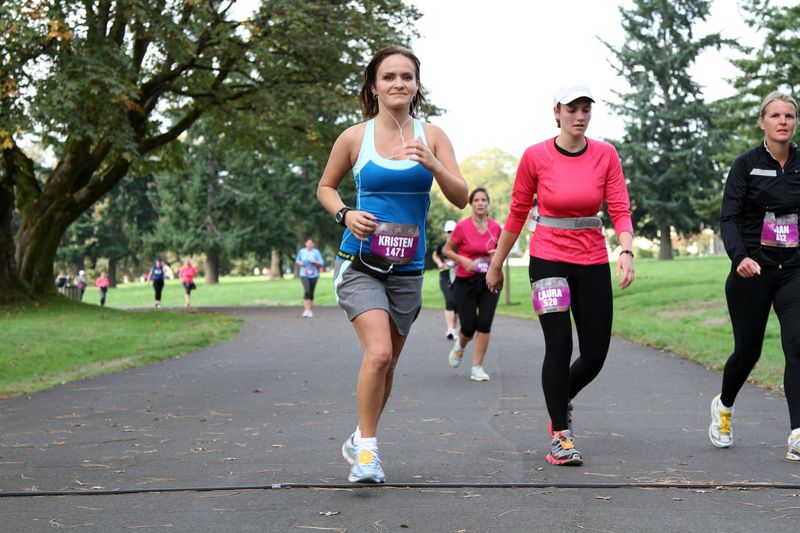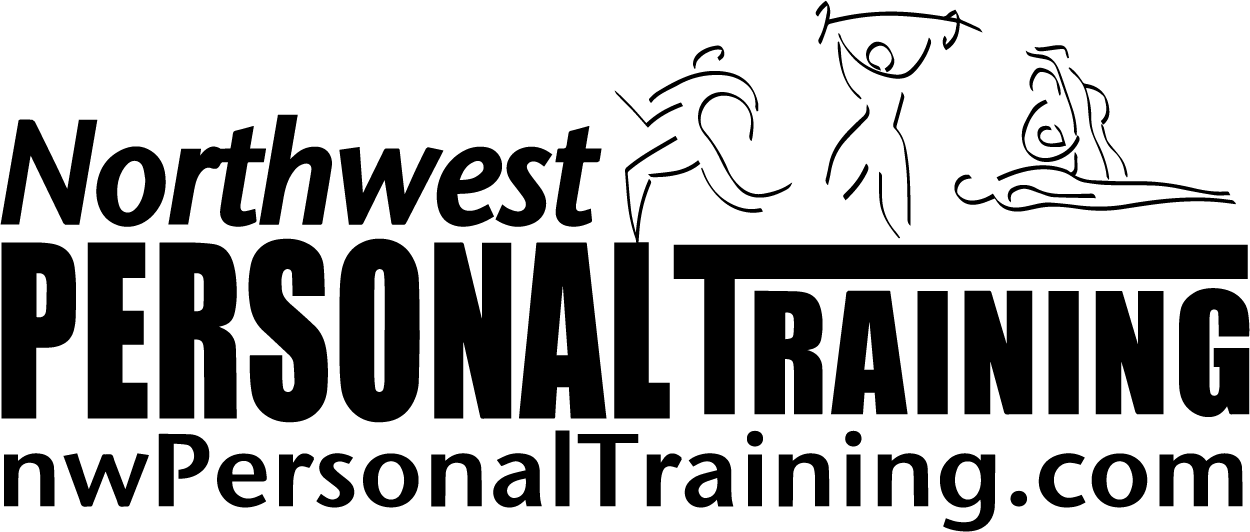 During the last 7 columns we’ve discussed general running guidelines to help you design a program to prepare you for the local, popular runs, the Portland Marathon and the Girlfriends Run for a Cure that will have thousands of runners and walkers participating from around the Northwest in the next few weeks.
During the last 7 columns we’ve discussed general running guidelines to help you design a program to prepare you for the local, popular runs, the Portland Marathon and the Girlfriends Run for a Cure that will have thousands of runners and walkers participating from around the Northwest in the next few weeks.
For today’s portion of running program, I wanted to focus on running technique. It seems easy enough, doesn’t it? Right leg, left leg, right leg….I remember asking a Canadian National Running Coach about the best way to improve my client’s running technique and his response was “the best way to improve someone’s running technique is to run!” And there is some truth to this for sure. The more you run, the fitter you become and the easier it is for your body to find the most efficient running forms.
With that said, there actually is a science to running correctly to minimize injuries and maximize performance.
Here are some tips to help you fine-tune your running technique.
Keep in mind, don’t make any dramatic changes to your running stride too quickly which can lead to injury. Gradually adjust one thing at a time.
Leg Turnover:
Most people run with too low of a cadence which puts extra strain on your body and the longer your foot stays in contact with the ground, the greater the energy required to propel it forward. Do not focus on lengthening your stride but rather go for shorter, quicker strides. Focus on achieving a cadence of 90 strides per leg per minute (180 foot strikes per minute). The easiest way to measure this is to count how many times your feet strike in 15 seconds and then multiply by 4. You can also use a metronome or fast paced music to help you get comfortable with how fast your leg speed should be.
Knee Bend:
Many people don’t bend their knees enough when running and run more straight legged which can cause you to land with your feet in front of you instead of under you. Focus on picking up your feet after you toe off so your knees bend to 90 degrees.
Foot Strike:
Many runners land on their heels with their feet in front of their hips therefore inefficiently ‘braking’ on each stride. It’s far more efficient and effective to land with your feet under your body so as you land, you immediately push off wasting no energy and eliminating any excessive impact on your body. The foot should contact the ground directly under the body’s center of gravity, roll onto the ball of the foot and then push off from the toes at the final stage. Your hips and buttocks should be aligned with the head and shoulders and should be pulled forward. A mid or forefoot strike allows this to happen and this has led to the growth and popularity of the minimalist footwear category which helps eliminate a heel strike. However, most of us have been used to wearing shoes with a lot of cushion, structure and a high heel to toe ratio so be sure that you transition to this type of footwear very slowly and be sure to speak with a footwear specialist who can help you decide if this is the smartest approach for you.
Forward Lean:
The entire body should maintain a slight 10-degree forward lean from the ankles, however do not bend from the waist. The body is leaning just enough, without actually falling forward.
Avoid Vertical Bounce:
When the body moves up and down not only does this waste a lot of energy, it also causes the foot to strike the ground with greater force, sending more impact up the body.
Upper Body:
Hold the arms at a 90-degree angle at the elbows with forearms just grazing the top of the hips. Your arm swing should have the arms moving forward and backwards like a pendulum, pivoting from the shoulders. The arms should not revolve in a circular motion or cross the midline of the body by swinging side to side. Keep the hands unclenched, just slightly cupped and facing the body. Many runners imagine they are holding chips between their thumbs and forefingers and can’t let them break. Don’t let your shoulders slouch forward and keep them away from your ears. Run with your upper body relaxed.
Gaze:
Keep your head level with your eyes gazing straight ahead about 20 yards in front of you. Avoid looking at your feet and never run with your head tilted way up or down as this can close off the body’s oxygen supply.
Strength:
If you are not strong through your hips, your pelvis will be unstable through push-off making you run inefficiently. If your core is not strong, you will be unable to effectively absorb the impact of running. If your feet aren’t strong, you may start to experience nagging aches and pains from the feet all the way up your kinetic chain. Refer to the last few weeks where I reviewed a number of exercises critical for runners.
Flexibility:
If you are tight, your range of motion will be restricted which will affect your running technique. But you can also be too flexible which is referred to as hypermobility. The key to running and any activity is the potent combination of range of motion and tissue pliability and the strength and integrity around a joint to support that range of motion. Stay tuned next week when we discuss various stretching techniques.
Running Drills:
Many coaches have runners doing A, B & C running drills to help improve their running technique which include quick running knee lifts, quick running heel kicks etc.
One of our trainers, Derrick DeLay, one of only a handful of nationally certified American Council on Exercise Running Specialists is hosting a RunFit Running Program which will teach you all these techniques.
Yours in Health & Fitness,
Sherri McMillan
Like us on Facebook and get FREE instant access to my “Achieving your Personal Best” eVideo – Learn the critical steps to help you lose weight, feel great and live your best life.
Don’t forget to sign up to receive my blog posts in your inbox!
Just enter your name and email in the form up here


